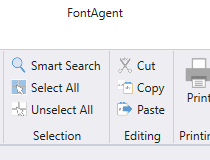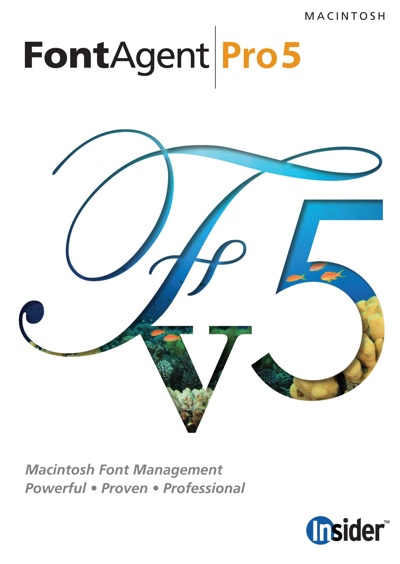

Then you get to choose how these font folders are organized. This is nothing you couldn’t do yourself, but FontAgent automates it and saves you the trouble of deciphering shortened PostScript font names like "BernhTanBTReg" and "GillSanBolIta" that sometimes prevent outline fonts from sorting next to their suitcases or bitmaps in a list view. Outline fonts and bitmaps, the two components of PostScript fonts, may be rounded up into folders named after the fonts they contain. It can add suffixes to the suitcase names to indicate whether they hold TrueType or bitmap fonts that must be paired with PostScript outline fonts. It can optionally create font family suitcases and collect related bitmap and/or TrueType fonts into them. The PostScript version keeps Adobe Acrobat happy, while TrueType looks better for onscreen word processing.Īfter FontAgent completes its run, it organizes your fonts into a library.

Again, this works well for most fonts, but I like to exclude my system folder fonts because for them I like to have both TrueType and PostScript versions. You can choose whether to keep the TrueType or PostScript Type 1 version, as well as whether to keep identically named fonts from different foundries (such as Apple Garamond and Adobe Garamond). If you have several copies of a font from different sources, FontAgent can remove all but one. From there, you can decide what to do with them. These and other problem fonts can be isolated into a separate folder. It can find bitmap fonts that lack corresponding outline fonts (and therefore are pretty much useless). In fact, the FontAgent demo will do this for free. If it’s unable to repair them, you’ll at least know which fonts are bad so you can re-install them. Here I recommend using its option to exclude system folder fonts from processing.įontAgent identifies several kinds of corrupt fonts and can sometimes repair them.
Fontagent 4 software#
Although Insider Software claims that modern software doesn’t care if fonts are re-numbered, I found that letting FontAgent re-number my system fonts caused problems.
Fontagent 4 mac#
FontAgent fixes this by renumbering fonts so that all the fonts on your Mac have unique IDs. However, there are many more available fonts than IDs, so if you have a lot of fonts, chances are some of their IDs conflict. FontAgent doesn’t completely cure these problems, but it is a great help.Įach font has a name and an ID number. Like extensions they can conflict, like applications or directories they can become corrupted, and like documents they can be present in multiple versions from multiple sources.

This is important because although FontAgent is simple to work with, you must understand each option to get the results you want.įonts have annoying characteristics of several other file types. Each window contains a collapsible help section that explains the currently available options and lets you open the (excellent) user’s guide, which is included as a PDF.
Fontagent 4 how to#
From here, you can tell FontAgent which disks or folders to search for fonts, how to process them, and where to put them when it’s done. Upon opening FontAgent you are presented with the window shown below. Enter FontAgent, a nifty tool from Insider Software that can tame a growing font collection by repairing fonts and placing them in neat folder hierarchies. But none of these tools handle seemingly the most basic font management task-organizing the myriad of font files on your hard disk. Network Edition (unlimited fonts on 10 Macs) $169.95Īs described elsewhere in this issue there are many font utilities for grouping fonts into sets that can be loaded as needed, for spiffing up font menus, and for printing samples of fonts. Standard Edition (unlimited fonts) $69.95 List Price: Limited Edition (250 fonts) $29.95

tSegmentator(RCommand.UNIFORMLENGTH) įor ( int i = 0 i 

 0 kommentar(er)
0 kommentar(er)
